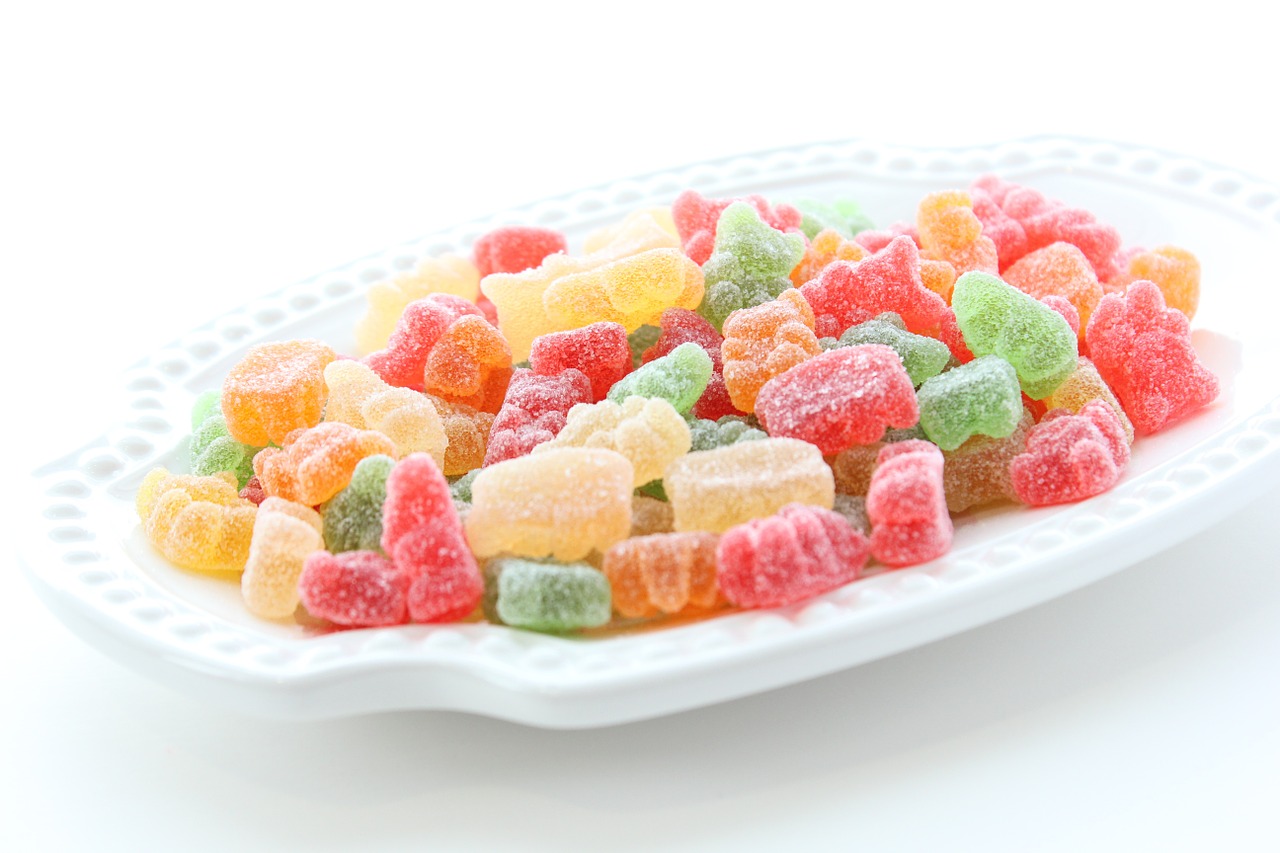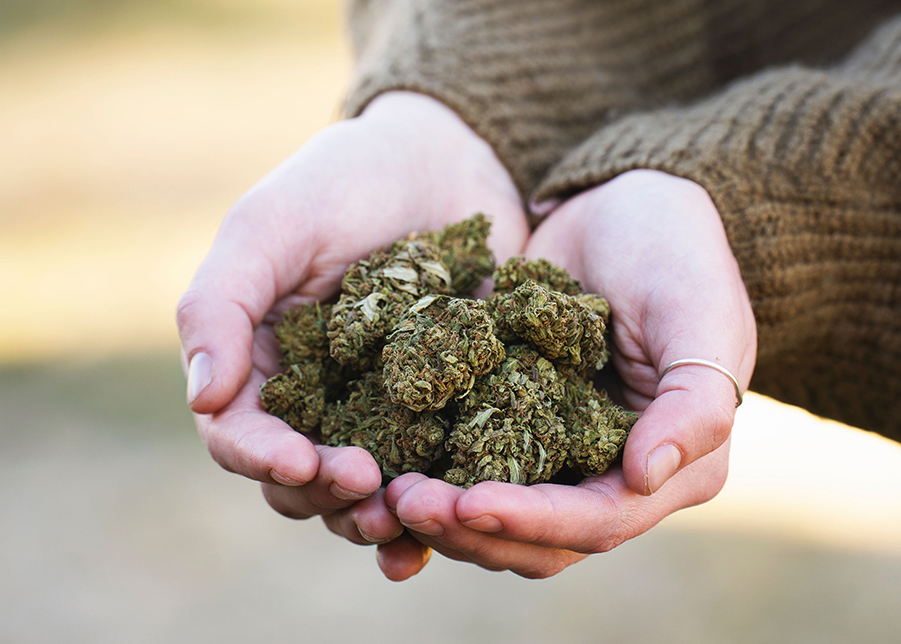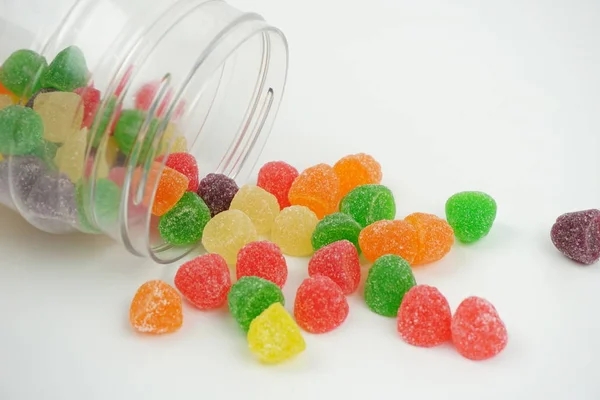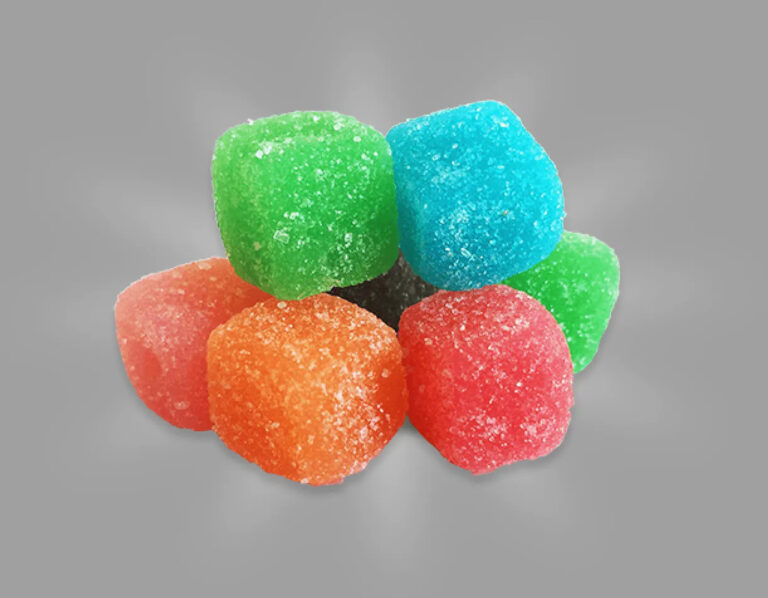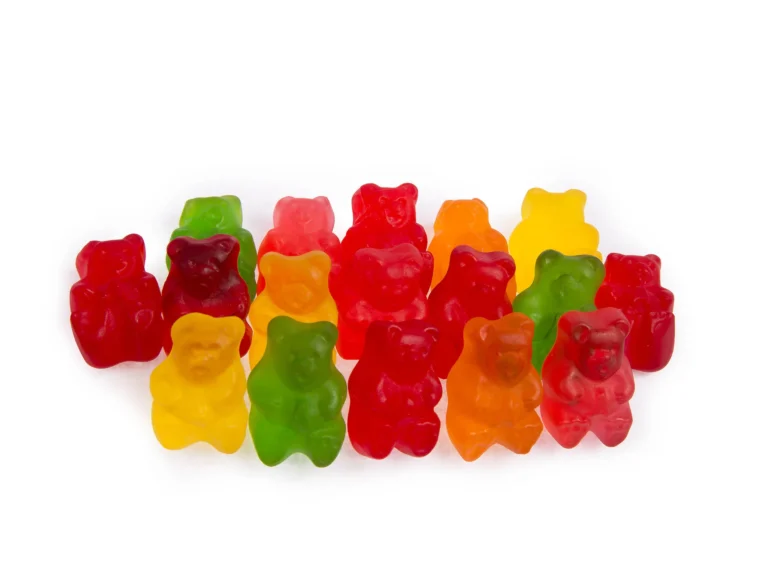If you’re looking for a natural way to unwind and relax before bedtime, kratom might be worth considering. Kratom, a tropical tree native to Southeast Asia, has been used for centuries for its medicinal properties, including its potential to promote relaxation and improve sleep quality. In this guide, we’ll explore how to use kratom effectively for nighttime relaxation.
Choosing the Right Kratom Strain
When it comes to using kratom for relaxation, selecting the right strain is crucial. Some strains, such as Red Bali or Red Borneo, are known for their more sedative effects and are often recommended for nighttime use.
These strains contain higher levels of alkaloids, such as mitragynine and 7-hydroxymitragynine, which interact with the body’s opioid receptors to produce a calming sensation. Many users find that premium kratom for sleep helps them unwind, reduces anxiety, and promotes a sense of tranquility.
Finding the Optimal Dosage
Dosage plays a significant role in how kratom affects the body. For relaxation and sleep, a moderate to high dose is typically recommended. However, it’s essential to start with a low dose, usually around 2-3 grams, and gradually increase until you find the sweet spot that works best for you.
Keep in mind that everyone’s body chemistry is different, so what works for one person may not work for another. It’s crucial to listen to your body and avoid exceeding the recommended dosage to minimize the risk of side effects.
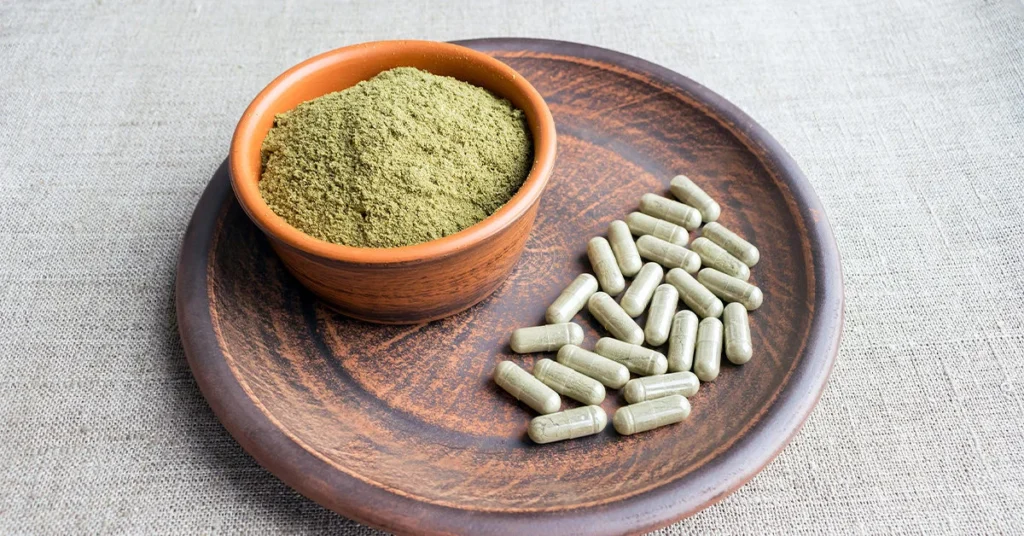
Timing Your Kratom Intake
To maximize the relaxation benefits of kratom, timing your intake properly is key. It’s generally recommended to consume kratom about 1-2 hours before your desired bedtime.
This allows enough time for the alkaloids to take effect and for you to unwind and prepare for sleep. Avoid taking kratom too close to bedtime, as it may cause initial stimulation before the sedative effects kick in.
Incorporating Kratom into a Bedtime Routine
To enhance the relaxation benefits of kratom, consider incorporating it into a consistent bedtime routine. Combine your kratom intake with other relaxing activities, such as taking a warm bath, reading a book, or practicing gentle stretching or meditation.
Creating a peaceful environment and engaging in calming rituals can signal to your body that it’s time to wind down and prepare for sleep. Consistency is key when establishing a bedtime routine, so try to stick to a regular schedule as much as possible.
Potential Side Effects and Precautions
While kratom can be a helpful tool for relaxation, it’s essential to be aware of potential side effects and take necessary precautions. Some common side effects of kratom include nausea, dizziness, and constipation, especially at higher doses.
It’s also important to note that kratom can interact with certain medications, so it’s always best to consult with a healthcare professional before incorporating kratom into your routine, especially if you have any pre-existing health conditions.
The Importance of Quality and Moderation
When using kratom for relaxation, it’s crucial to prioritize quality and use it in moderation. Purchase kratom from reputable sources to ensure purity and potency. Adulterated or contaminated kratom products can pose additional health risks.
Additionally, while kratom can be beneficial for short-term use, long-term or excessive use can lead to dependence and withdrawal symptoms. It’s essential to use kratom responsibly and take breaks as needed to avoid building up a tolerance.
Finding Balance and Restful Nights
Incorporating kratom into your nighttime routine can be a valuable tool for promoting relaxation and improving sleep quality. By choosing the right strain, finding the optimal dosage, and timing your intake properly, you can harness the calming properties of kratom to unwind and prepare for a restful night’s sleep.
Remember, kratom should be used as part of a comprehensive approach to relaxation and sleep hygiene. Combining kratom with other relaxation techniques, creating a peaceful environment, and prioritizing overall well-being can help you achieve the balance and tranquility needed for a good night’s rest.
As with any natural remedy, it’s essential to use kratom responsibly, listen to your body, and consult with a healthcare professional if you have any concerns. By approaching kratom mindfully and incorporating it into a holistic relaxation routine, you can unlock its potential to promote a sense of calm and restfulness, setting the stage for a more rejuvenating sleep experience.

